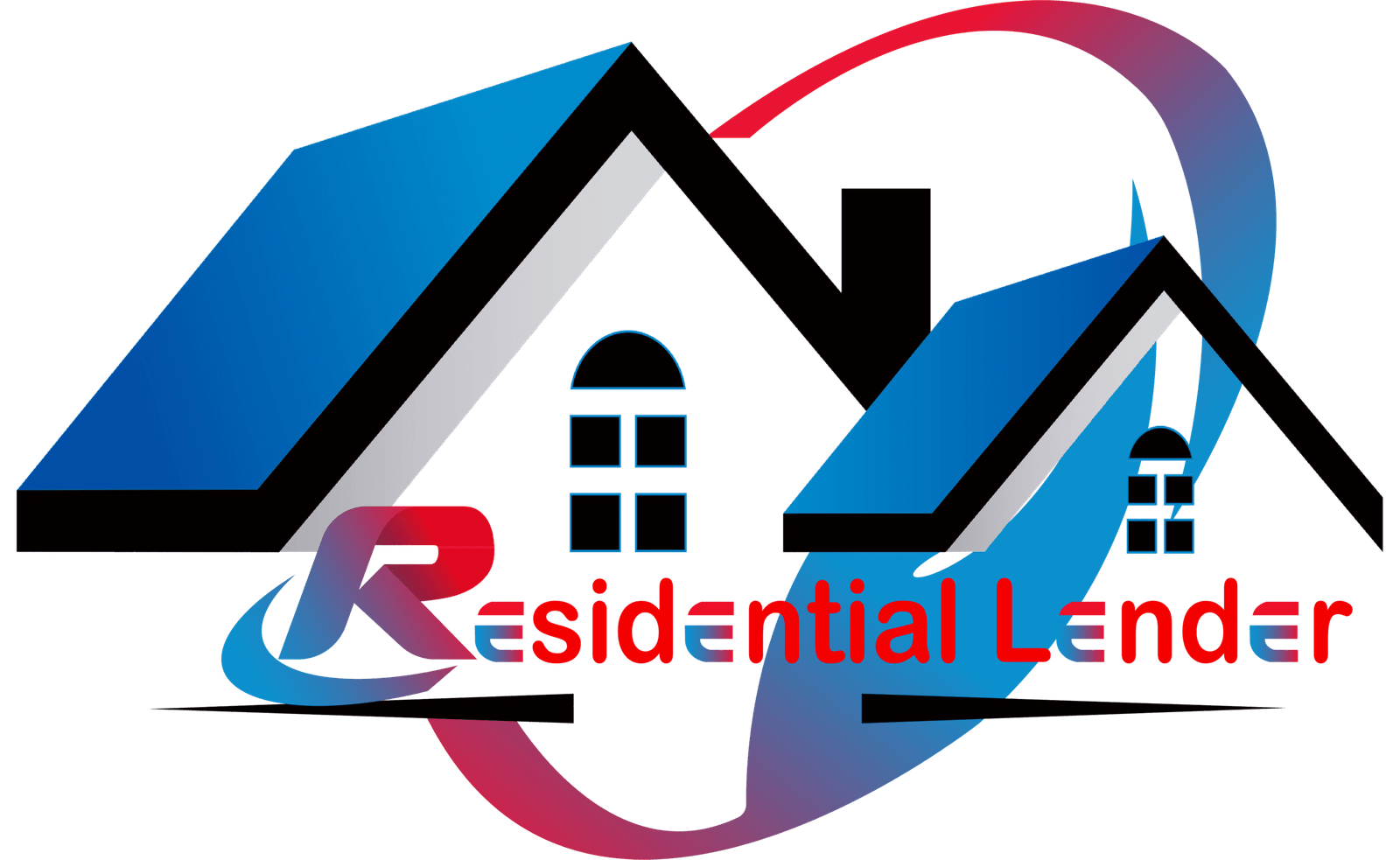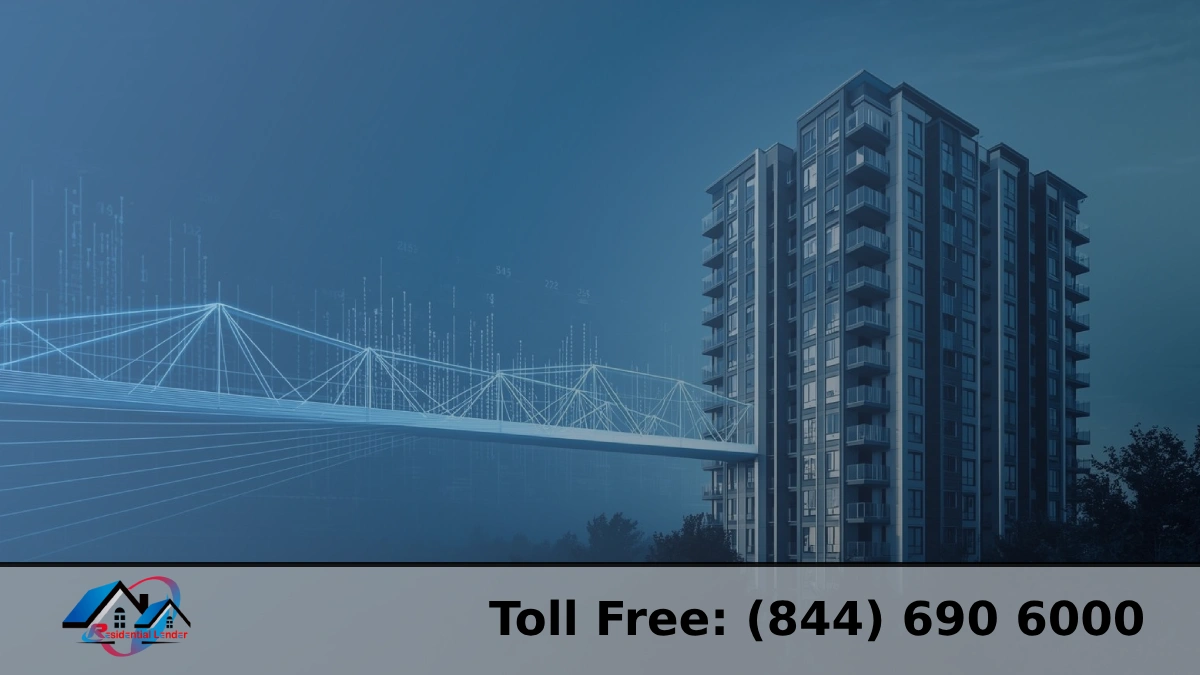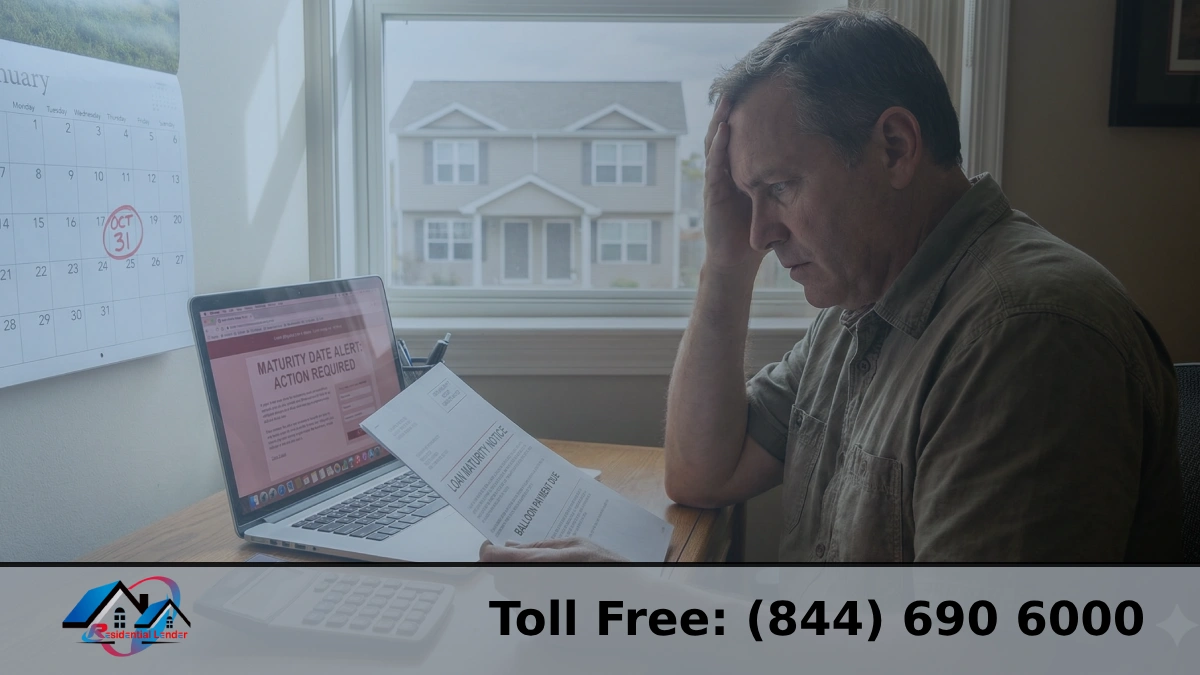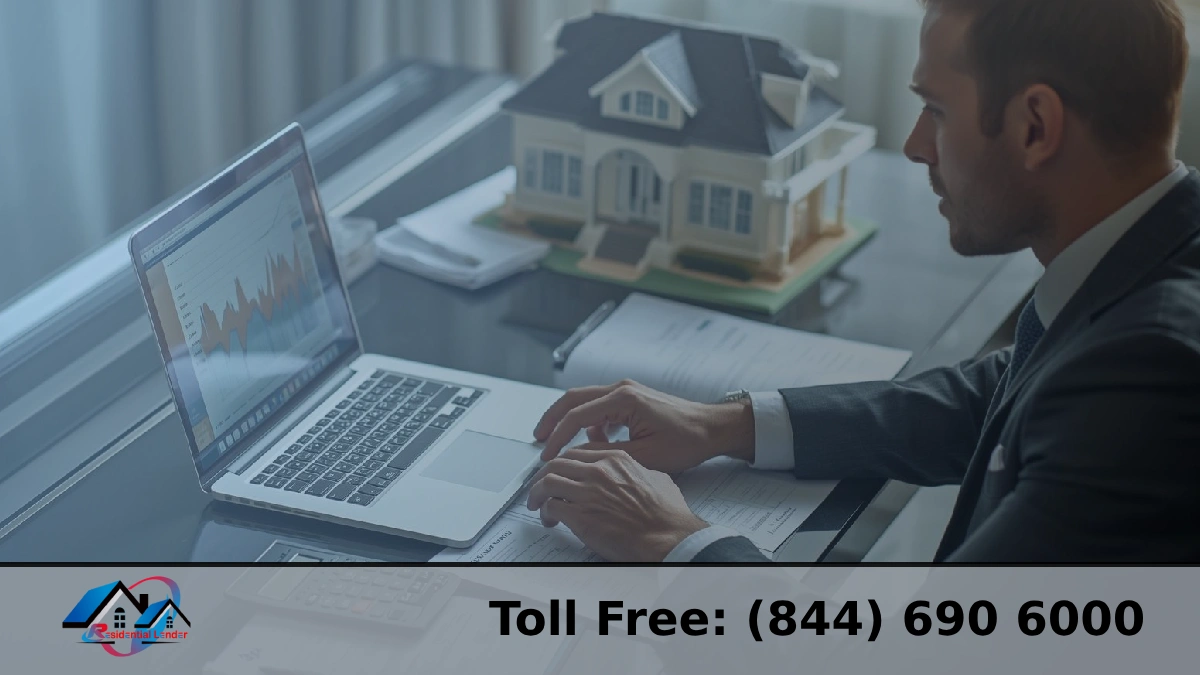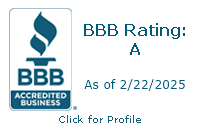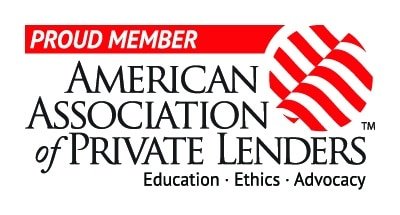Are you tired of seeing fantastic investment properties but struggling to figure out the financing numbers? The truth is, the right property means nothing without the correct investment property loan rates. According to the Federal Reserve, the economic conditions and monetary policy directly influence the cost of borrowing for real estate investors, making smart financing the critical difference between a good investment and a great one.
Here’s the promise: With 30 years of underwriting expertise and deep connections with trusted lenders, we’re here to cut through the confusion. We’ll show you exactly how to navigate the complex world of investment property financing to secure your return on investment (ROI) truly. In this guide, we’ll answer your biggest questions, like, “Are investment property loan rates vs primary residence really that different?” — and reveal the key strategies for maximizing your profit potential.
What’s the Real Difference? Investment Property Loan Rates vs Primary Residence
The short answer is yes; investment property loan rates are significantly different from those for primary residences. On average, you can expect an investment property rate to be 0.50% to 1.0% higher than the rate you would secure for a home you intend to live in. This difference boils down to one critical factor in the eyes of the lender: Risk.
Lenders view a primary residence as lower risk because, during a financial crisis, a borrower will almost always prioritize the payment on the home they live in. An investment property, on the other hand, is considered a commercial asset whose income (rent) can be volatile.
| Factor | Investment Property Loan | Primary Residence Loan |
| Interest Rate | Typically 0.5% to 1.0% Higher | Lowest rates available |
| Down Payment | Higher (Usually 15% to 25% minimum) | Lower (As low as 3% to 5% for some programs) |
| Credit Score | Stricter requirements for the best rates | More flexible requirements |
| Loan Terms | Shorter terms sometimes have better rates | Wide array of terms available |
The Rate Determinants: What Credit Score for Best Investment Property Loan Rates?
When evaluating your application, lenders analyze several key factors to determine their risk, with your credit score being the single most influential number. Your credit score directly impacts the pricing adjustments (fees) added to the base rate. To secure the absolute best investment property loan rates, a credit score in the mid-700s or higher is generally required.
Here is a simplified breakdown of how your credit profile affects your likely rate outcome:
| FICO Credit Score Range | Likely Rate Impact | Action Required |
| 740+ | Best Available Rates | Top-tier pricing, minimal fees |
| 700−739 | Good Rates | Competitive, but minor price adjustments may apply |
| 660−699 | Average/Higher Rates | Moderate pricing adjustments; focus on increasing down payment |
| Below 660 | Challenging | Limited options, significantly higher rates, or non-conventional loans |
Key Factors Lenders Analyze:
- Credit Score: The higher the score, the lower the risk—and the better your rate. For conventional investment loans, 620 is often the minimum, but you need 700+ for optimal pricing.
- Down Payment (LTV): A larger down payment (lower Loan-to-Value or LTV) signals less risk. 25% down typically qualifies you for much better terms than 15% down.
- Property Type: Loan rates for a single-family rental home may differ slightly from investment property loan rates for multi-family dwellings (e.g., 2−4 units) due to varied risk profiles.
- Cash Reserves: Lenders require liquid assets (cash in the bank) to cover mortgage payments for six to twelve months in the event of a tenant vacancy.
Location, Loans: Current Investment Property Loan Rates California and Beyond
While your personal financial profile is critical, the location of the property itself can slightly influence the final rate you are offered. For highly competitive or high-cost-of-living areas, such as an urban center or the entire state of California, rates might see subtle variations due to:
- Local Market Risk: Specific ZIP codes or regions perceived to have higher market volatility might face slight increases in their market rates.
- Lender Competition: Areas with many local and national lenders competing for business (like California) can sometimes drive rates down, creating local advantages.
- Conforming Loan Limits: High-cost areas have higher “conforming loan limits,” and larger loan amounts, while still conventional, sometimes have different pricing adjustments.
Tip: With 30 years of expertise and a network of 200+ lenders, we give you a distinct advantage. While a single local bank may only offer rates reflecting its narrow geographic view, our national network allows us to secure you the best local rate available, whether you’re looking for competitive current investment property loan rates in California or financing in a smaller Midwestern market.
Your Loan Toolkit: Finding the Best Investment Property Loan Rates for Beginners
Once you understand why investment property loan rates are higher, the next step is choosing the right loan to secure the best investment property loan rates for beginners. The “best” rate isn’t always the lowest number; it’s the rate attached to terms that best fit your investment strategy (flipping vs. long-term rental).
Here are the key loan types in an investor’s toolkit:
| Loan Type | Best For | Key Advantage/Focus |
| Conventional Loan | Long-term ‘Buy-and-Hold’ | Lowest long-term rates, most common, 15%−25% down. |
| DSCR Loan | Full-time investors, Self-employed | Qualifies you based on the property’s rental income, not your W-2s or personal income. |
| Hard Money/Bridge | Quick ‘Fix-and-Flip’ or Rehab | Fast funding (7−14 days), less focus on borrower credit, but rates are high and terms are short. |
| Owner-Occupied FHA/VA | First-time house hackers | Low down payment (3.5% FHA, 0% VA) for multi-family property (you must live in one unit). |
DSCR Loans: Qualifying on Property Income
DSCR (Debt Service Coverage Ratio) loans are a revolutionary option for real estate investors. Instead of rigorous personal income verification (W-2s, tax returns), the lender focuses on the property’s cash flow.
The ratio is simple: Net Operating Income (NOI) ÷ Debt Service.
- If the DSCR is 1.0, the property’s income exactly covers the mortgage payment.
- If the DSCR is 1.25, the property generates 25% more income than required.
Many DSCR lenders are looking for a ratio of 1.15 to 1.25 or higher. This “lite-doc” approach is ideal for seasoned investors with complex income and self-employed individuals seeking to qualify based on the asset’s performance.
The Rate Structure Debate: Fixed vs Adjustable Investment Property Loan Rates
Choosing between fixed and adjustable investment property loan rates depends entirely on your investment horizon. When seeking 30-year fixed investment property loan rates, you prioritize stability, which often means accepting a slightly higher initial rate.
| Loan Term Type | Pros | Cons |
| Fixed Rate | Payment stability for the life of the loan (15 or 30 years); easy budgeting. | The initial interest rate is often higher than an introductory ARM rate. |
| Adjustable Rate (ARM) | Lower introductory rate for the first 3, 5, and 7 years; cheaper initial payments. | Payments and rates can increase significantly after the initial fixed period expires. |
A Fixed Rate is ideal for long-term buy-and-hold investors who rely on consistent cash flow. An Adjustable Rate is suitable for fix-and-flip investors or those planning to sell or refinance the property before the low introductory rate expires.
Beyond Conventional: Private Lender Investment Property Loan Rates and Creative Financing
Big banks offer conventional loans with rigid underwriting rules. However, the best private lender investment property loan rates and most flexible terms are found in the non-QM (Qualified Mortgage) and portfolio lending space.
Our 200+ lender network provides you with a crucial advantage: access to exclusive programs that a single bank doesn’t offer, ensuring you get the most competitive rate available, not just the one published on a rate sheet. This network is how we find solutions for unique needs, like investors seeking favorable investment property loan rates, no money down options (often by leveraging existing equity).
Understanding Investment Property Loan Rates: FHA (for Multi-family)
While the FHA program is primarily for owner-occupied properties, it offers a fantastic route for beginner investors to acquire a 2–4 unit multi-family property with a down payment as low as 3.5%. This is often called “house hacking.”
Key FHA Multi-family Detail: The FHA loan requires you to live in one of the units as your primary residence for a minimum of one year. This low-down-payment entry point comes with an obligation: you’re not just a landlord; you’re also an owner-occupant.
How to Get Lowest Investment Property Loan Rates: Your 5-Step Action Plan
Getting the lowest investment property loan rates starts long before you apply. It requires strategic financial preparation and leveraging the expertise of the right partner. Follow these five steps to secure maximum ROI.
1. Prep Your Profile: Optimize DTI, Reserves, and Credit
The single most significant determinant of your rate is your personal financial strength. A slight improvement here can save you thousands over the loan term.
- Boost Your Credit Score: Aim for a FICO score of 740+. Lenders use this threshold for the absolute best pricing.
- Lower Your DTI (Debt-to-Income Ratio): Lenders prefer a DTI below 43% for conventional investment loans. Pay down revolving debt (credit cards) to free up borrowing capacity.
- Build Cash Reserves: You’ll need 6 to 12 months of cash reserves (Principal, Interest, Taxes, and Insurance) for each mortgaged investment property. This doesn’t include the down payment or closing costs! More reserves mean less risk to the lender and a better rate for you.
2. Know Your Loan Type: Strategy Dictates Financing
Your investment goal determines the best loan. Don’t settle for a conventional 30-year fixed rate if your plan is short-term.
- Buy-and-Hold: Focus on low, stable investment property loan rates, 30-year fixed, to maximize long-term cash flow.
- Fix-and-Flip/Rehab: Use Hard Money or Bridge loans. Rates are higher, but the funding is fast, and they’re designed for quick repayment (often 12−24 months).
- Multi-family (2−4 units): Decide if you’re house hacking (owner-occupied) to get a low-down payment conventional loan or an FHA loan, or if you need investment property loan rates for multi-family homes as a pure investment (higher down payment required).
3. Leverage a Correspondent Lender (Us!): Access the Rate Table
Big banks only offer their own products. We provide a competitive advantage by acting as a correspondent lender with 30 years of underwriting expertise and connections to 200+ capital sources.
- Competitive Edge: We can access institutional rates and unique portfolio products not available to the general public.
- Expert Underwriting: Our team finds the exact pricing niche that fits your profile (DTI, reserves, credit score) to secure the lowest investment property loan rates possible for you.
- Streamlined Process: Less paperwork and faster closings because we’re working directly with the sources of capital.
4. Consider Refinancing: Unlock Equity with a Cash-Out
If you already own an investment property, using refinance investment property loan rates can be a smart move to fund your subsequent acquisition.
- When to Refinance: Refinancing makes sense if you can lower your current rate or if you want to tap into equity for a better investment.
- Cash-Out Refinance Strategy: The goal of a cash-out refinance investment property loan is to convert built-up equity into cash at the lowest possible rate. Expect the rate on a cash-out refinance to be slightly higher (usually 0.25% to 0.5% higher) than a standard rate-and-term refinance, as the lender views pulling cash out as an additional risk.
Qualifying Simplified: How to Qualify for Investment Property Loan Rates
Use this checklist to quickly assess if you meet the baseline requirements for a conventional investment loan:
| Requirement | Conventional Standard | Purpose |
| Minimum Down Payment | 15% (but 20% to 25% preferred for best rates) | Demonstrates commitment/lower LTV for lender. |
| Minimum Credit Score | 620 (but 700+ needed for best pricing) | Predicts the likelihood of timely repayment. |
| Max. DTI Ratio | Below 43% (up to 50% with strong credit) | Measures total debt load against income. |
| Cash Reserves | 6−12 months (PITI) per property | Ensures you can cover payments during vacancies. |
| Rental Income Used | 75% of appraised rent is often counted as income | Assesses the property’s ability to pay for itself (DSCR). |
Partner with Experience: Your Advantage is Our Expertise
Navigating the landscape of investment property financing shouldn’t be a solo venture. Your success in maximizing ROI hinges on securing optimal funding, and that requires a partner who knows exactly where to look and how to negotiate.
The journey to finding the lowest investment property loan rates is a two-part process: your meticulous financial preparation, and our unparalleled expertise in pairing that preparation with the perfect lending product. We’ve shown you the differences in rates, the available loan types, and the preparation needed. Now, it’s time to put that knowledge to work.
We don’t just shop for a rate; we structure an actual investment. With 30 years of experience as an underwriter, we cut through lender guidelines and market noise to create a loan strategy that aligns perfectly with your financial goals. Our connections with 200+ lenders mean we’re constantly accessing the most competitive, non-public rates, turning our expertise into your profit.
The Final Action: Secure Your Best Rate Today!
Don’t let high rates eat into your ROI. Take the next decisive step in your investment journey.
Contact ResidentialLender.Net today for a free, no-obligation rate consultation and start structuring your next profitable real estate investment.
Are you an experienced or new broker specializing in residential investment properties? Contact us today to discover how our lucrative referral programs can enhance your lending capabilities and drive faster client closings.
FAQs
1. How many investment properties can I finance with conventional (Fannie Mae/Freddie Mac) loans?
Conventional lenders typically impose a limit on the number of mortgaged properties an investor can hold. For many standard programs, the limit is 4 mortgaged properties (including your primary residence). However, experienced investors with excellent financial profiles (high credit scores, low DTI, and significant reserves) may qualify for “expanded investor programs” that allow financing for up to 10 mortgaged properties using conventional loans. Beyond 10, you generally must seek commercial or portfolio loans.
2. Are closing costs higher for an investment property loan compared to a primary residence loan?
Yes, generally they are. Lenders mitigate the higher perceived risk of investment properties by charging Loan-Level Price Adjustments (LLPAs). These are often included in your closing costs as discount points or origination fees, which is why the final Annual Percentage Rate (APR) on an investment loan is usually significantly higher than the quoted interest rate. You should budget for closing costs that are 1% to 3% higher (as a percentage of the loan amount) than those for a primary residence.
3. What is the maximum Loan-to-Value (LTV) ratio I can get for an investment property?
For conventional, long-term financing on investment properties, the maximum LTV is typically 75% to 80% (meaning you must put down a minimum of 20% to 25%). This is significantly lower than the 95% to 97% LTV available for primary residences. Non-QM options, such as DSCR loans or private money loans, may have even lower LTV caps, which require higher down payments to offset other flexible qualification criteria.
4. As a new investor, can I use rental income from a newly purchased property to help qualify for the loan?
Yes, this is a standard practice and is crucial for many investors. For conventional loans, lenders typically count 75% of the property’s gross projected or leased rental income towards your qualifying income—the 25% reduction accounts for projected vacancies and maintenance costs. The appraiser will often use a comparable rental schedule (Form 1007) to estimate fair market rent if a lease is not yet in place.
5. Is there a “seasoning period” I must wait between buying an investment property and refinancing it?
Yes. Suppose you are seeking a rate-and-term refinance on a property you just bought. In that case, most lenders require a 6-month seasoning period (six months of on-time payments) on the original loan. For a cash-out refinance, the seasoning period is often longer, typically 12 months or more of ownership and expenses, to ensure the property’s equity is legitimate and not just due to a recent purchase.
